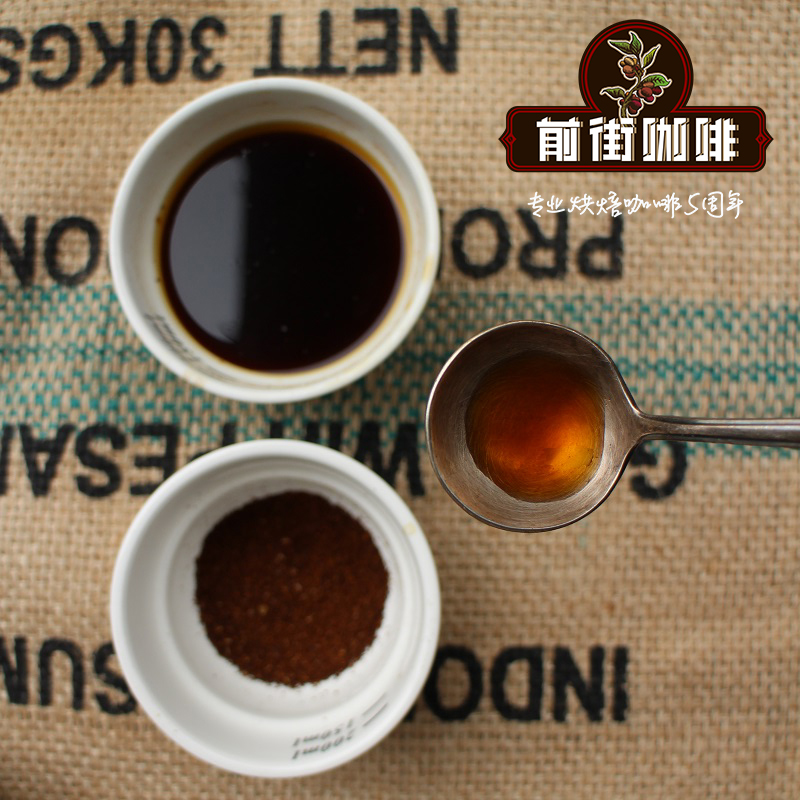Guatemala coffee cultivation What varieties of cultivation conditions How about Guatemala coffee

Professional coffee knowledge exchange more coffee bean information please follow the coffee workshop (Wechat official account cafe_style)
Guatemala is located in Central America. This is a country with tropical rain forest weather, high humidity and warm climate all year round. It forms the Central American volcanic arc with Nicaragua, El Salvador, Honduras, Costa Rica and Panama. Guatemala therefore has a historical background of natural disasters and fertile soil for commercial agriculture.
Coffee arrived in the United States through the Caribbean Islands between 1720 and 1730 and is the story of Mathieu de Clieu, the famous captain of the French army. After that, the Jesuit team spread coffee to other countries. During this period, Guatemala and the surrounding land belonged to the same Spanish territory. The earliest plantations were planted around 1770. At that time, other crops used as sources of pigment were at the core of the colonial economy.
A period of natural earthquakes and social unrest
Although it appears to be dormant, nearby volcanoes can still be potentially dangerous. By 1773, Santiago de Los Caballeros, the capital of Guatemala, was destroyed by an earthquake, which naturally had a negative impact on economic and commercial and political continuity. After stopping the coffee trade chain, it will take decades to recover. Violent tremors are not limited to nature.
During the independence movement, coffee production remained low, except that the locust plague destroyed the main crop "anil" (pigment). When Guatemala finally achieved autonomy in 1821, the new government was witnessing Costa Rica's economic growth. As a result, the new government has developed a political strategy to promote coffee cultivation. In 1850, the pigment crop was abandoned by coffee, and in 1859, it became the first export. In addition, large "Haciendas" (a large plantation with housing) appeared all over the country.
From this point of view, yields have increased at an appropriate rate over the years, attracting immigrants from Europe, especially Germans and French, whose inland communities are provided by the government (from local population plantations where coffee is required by law to work until 1934). Over the next few years, Guatemala increased its participation in the American coffee market, although the entire plantation was covered with ash despite the eruption of the SantaMarauda volcano in 1902.
Guatemala has the best coffee growing environment in Central American countries, including the perfect combination of coffee growth height, fertile soil and coffee growing climate. The coffee produced in the Guatemala-Antigua region is the most famous, and when it comes to it, people think of the unique smoky taste and the sweetness of milk chocolate. The best quality Antigua coffee is Guardia Antigua-alpine volcanic beans produced by small farms in the volcanic area.
According to altitude, there are three main areas of coffee production in Guatemala, which affects the quality and flavor of each cup. The first is a low band (760m-1070 m), with high growth rate, low acidity and soft taste. The second is the middle area (1070-1200 m), with average acidity and taste. Finally, there is the height area (1300-2000 meters), with high acidity and rich flavor.
Important Notice :
前街咖啡 FrontStreet Coffee has moved to new addredd:
FrontStreet Coffee Address: 315,Donghua East Road,GuangZhou
Tel:020 38364473
- Prev

What is the income of coffee farmers in Ethiopia? is Kenya produced in Ethiopia?
Professional coffee knowledge exchange more coffee bean information Please pay attention to coffee workshops (Wechat official account cafe_style) Coffee is becoming more expensive, but coffee farmers are getting poorer, which makes coffee growers around the world roar, warning that Western coffee producers if they do not help them improve their incomes, it may trigger a new wave of "social disaster." The lush southern highlands of Ethiopia have been
- Next

Coffee beans are the seeds of coffee fruit. Will the price be higher if you only sell coffee fruit?
Professional coffee knowledge exchange more coffee bean information Please follow the coffee workshop (Wechat official account cafe_style) generally people will think that small farmers need to cooperate and collect the harvested fruit, processing, direct trade, so that they can be competitive and profitable in the coffee industry. As long as small farmers are not connected to certified cooperatives, cup testing laboratories, processing plants and entry
Related
- Beginners will see the "Coffee pull flower" guide!
- What is the difference between ice blog purified milk and ordinary milk coffee?
- Why is the Philippines the largest producer of crops in Liberia?
- For coffee extraction, should the fine powder be retained?
- How does extracted espresso fill pressed powder? How much strength does it take to press the powder?
- How to make jasmine cold extract coffee? Is the jasmine + latte good?
- Will this little toy really make the coffee taste better? How does Lily Drip affect coffee extraction?
- Will the action of slapping the filter cup also affect coffee extraction?
- What's the difference between powder-to-water ratio and powder-to-liquid ratio?
- What is the Ethiopian local species? What does it have to do with Heirloom native species?

